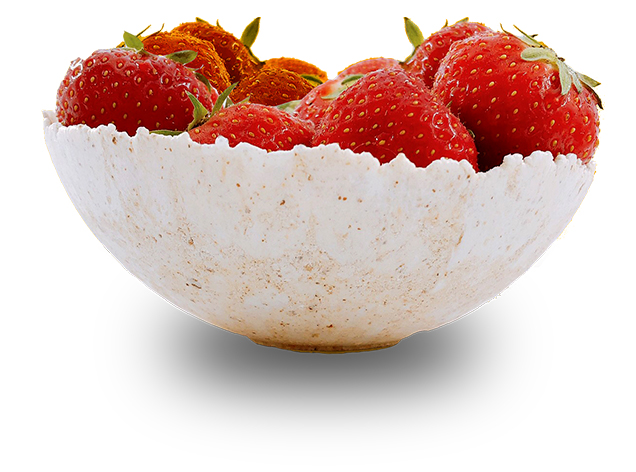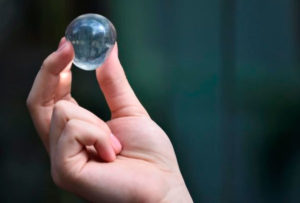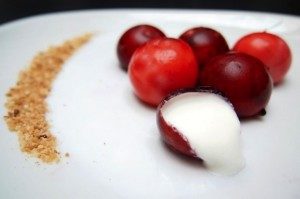
Have Your Packaging and Eat It Too!
First, the world moved to plastics for anything and everything as it was a cheap alternative to other materials. Then, once we understood that petroleum-based plastics are bad for the environment – companies had unleashed more than 8 trillion kilos of the stuff on the world by 2018 – on came the advent of bioplastics.
Bioplastics
Plant sugars – such as polylactic acid (PLA) – or microorganisms are the base of bioplastics. They are thus considered a renewable resource. While that makes them better for the environment, they are nonetheless not easy to recycle or compost as they require special machinery and heating techniques to do both. Bioplastics that end their lives in the oceans or elsewhere, rather than in a recycling or industrial composting centre, have the same outcomes as regular plastic: not all of them break down and, when they do, they do so very slowly, over dozens to hundreds of years. They also constitute a large percentage of landfills.
Enter edible, home-compostable packaging
 Rodrigo García González, Pierre Paslier and Guillaume Couche are three design students based in London. They have created the Ooho water “bottle”, a “compound made from brown algae [seaweed] and calcium chloride [that] creates a gel around the water.” They call this and their other related products Not PLA. The designers say that their rethinking of the water bottle leads to cost savings: while most of the cost of water production comes from bottling, the Ooho costs just two cents to make. And people can make it at home as the ingredients are readily available and the recipe does not require special machinery or skills.
Rodrigo García González, Pierre Paslier and Guillaume Couche are three design students based in London. They have created the Ooho water “bottle”, a “compound made from brown algae [seaweed] and calcium chloride [that] creates a gel around the water.” They call this and their other related products Not PLA. The designers say that their rethinking of the water bottle leads to cost savings: while most of the cost of water production comes from bottling, the Ooho costs just two cents to make. And people can make it at home as the ingredients are readily available and the recipe does not require special machinery or skills.
Other ideas of this sort have made it to market or are on their way. WikiPearl’s food and drink packaging is a “protective electrostatic gel formed by harnessing interactions between natural food particles, nutritive ions and a polysaccharide.” Its creators explain:
“Imagine for a second the skin of a grape or a coconut. WikiPearl skins are inspired by the way nature packages fruits and vegetables. These skins are delicious protective coatings against water loss and contaminant entry, and potential carriers of effective and functional nutrition.
The WikiFood technology protects the wrapped food or beverage without exposing it to unnatural materials or chemicals while also delivering benefits of health, convenience and a food experience like nothing else.
Apeel Sciences makes edible packaging that aims to use plants to keep produce fresher, longer. “Apeel adds a layer of plant-derived protection to the surface of fresh produce to slow water loss and oxidation — the factors that cause spoilage.” This is an effective way to fight food waste and at the same time not resort to using plastics to protect food.
Do Eat manufactures edible and compostable packaging from potatoes and cereals. This offers a real circular economy, going far beyond recycling.
And beyond
Food Tank provides a list of numerous other companies doing the same. These companies are using resources such as sorghum, rice, wheat flour, potato wafer paper, mycelium (the vegetative part of a fungus) and cassava (tapioca). With these, they are making cutlery, bowls, packaging, straws and other innovative items that we can consume or easily compost in our own homes.


